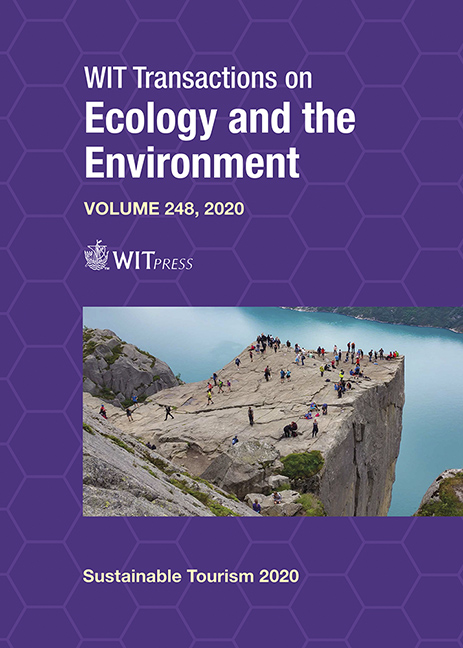CHALLENGES TO COMMUNITY PARTICIPATION IN HERITAGE TOURISM DEVELOPMENT: CASE STUDIES OF SHAHJAHANABAD AND NIZAMUDDIN BASTI IN NEW DELHI, INDIA
Price
Free (open access)
Transaction
Volume
248
Pages
9
Page Range
225 - 233
Published
2020
Paper DOI
10.2495/ST200191
Copyright
WIT Press
Author(s)
EKTA CHAUHAN
Abstract
In new Delhi, the capital of India, history and modernity exist side by side, making it an ideal tourist destination. The city is home to three UNESCO world heritage sites, 174 monuments of national importance and thousands of unlisted monuments. These sites exist not in isolation but are living heritage, where communities not only live around the structures but have made the structures part and parcel of their daily lives. Thus, tourism’s impacts are most apparent at the level of the destination community and therefore it is essential to decentralize tourism development and policymaking. There is a need to integrate tourism development into the overall community-defined development goals, as is the case with several other developing nations, decision making is highly centralized in India and in Delhi, which results in low level of community participation, mostly at a coercive level and never at a consultative level. This research would, therefore, explore (a) local residents’ perception of their role in tourism decision making and (b) barriers in the participation of local communities. The research was carried out through two case studies in Delhi: Nizamuddin Basti and Shahjahanabad. These areas are historically important and are the top tourist destinations for the city. The local condition of tourism development and community involvement, however, vary widely among them, making them ideal for the study. The study adopted a qualitative approach and used field observation and interviews to collect relevant data.
Keywords
community participation, cultural heritage tourism, sustainable tourism, participatory policy making





